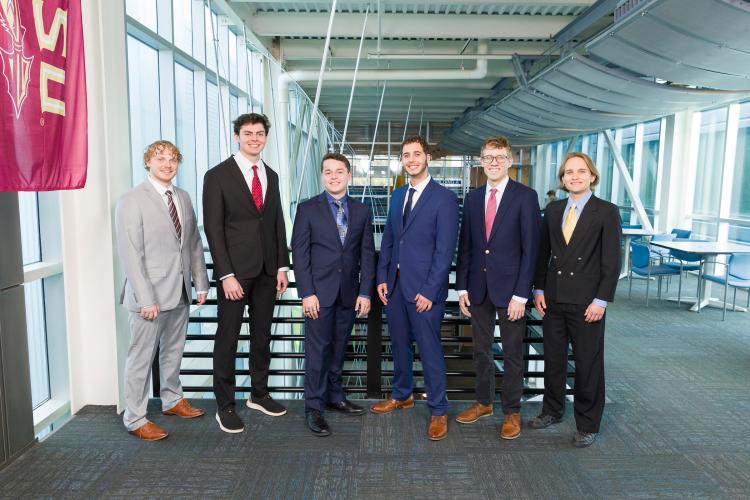
We aimed to design, build and fly a high-powered rocket for NASA’s annual Student Launch Challenge. Our goals were creating a new design emphasizing recovery reliability that could be disarmed for inspection, and developing better methods to evaluate subsystems on the ground.
Our final product, Uncertainty, flew 4,800 feet and was successfully recovered. It had a two-stage recovery system breaking into three sections with two parachutes. By reducing diameter from 6 to 5 inches, we cut weight from 55 to 45.4 pounds—a 17.5% reduction. Using screws instead of epoxy made the rocket portable and allowed stronger materials like aluminum. Our improved parachute packing achieved 100% deployment reliability. We created custom systems including a pop-test rig and vibration chamber to evaluate subsystems. The rocket safely carried the payload team’s project with attachment points in the nosecone protecting sensitive electronics.
We are part of AIAA, a nationally recognized aerospace association. Our team, the Zenith Program, gives undergraduate students first-hand experience in rocket design.
